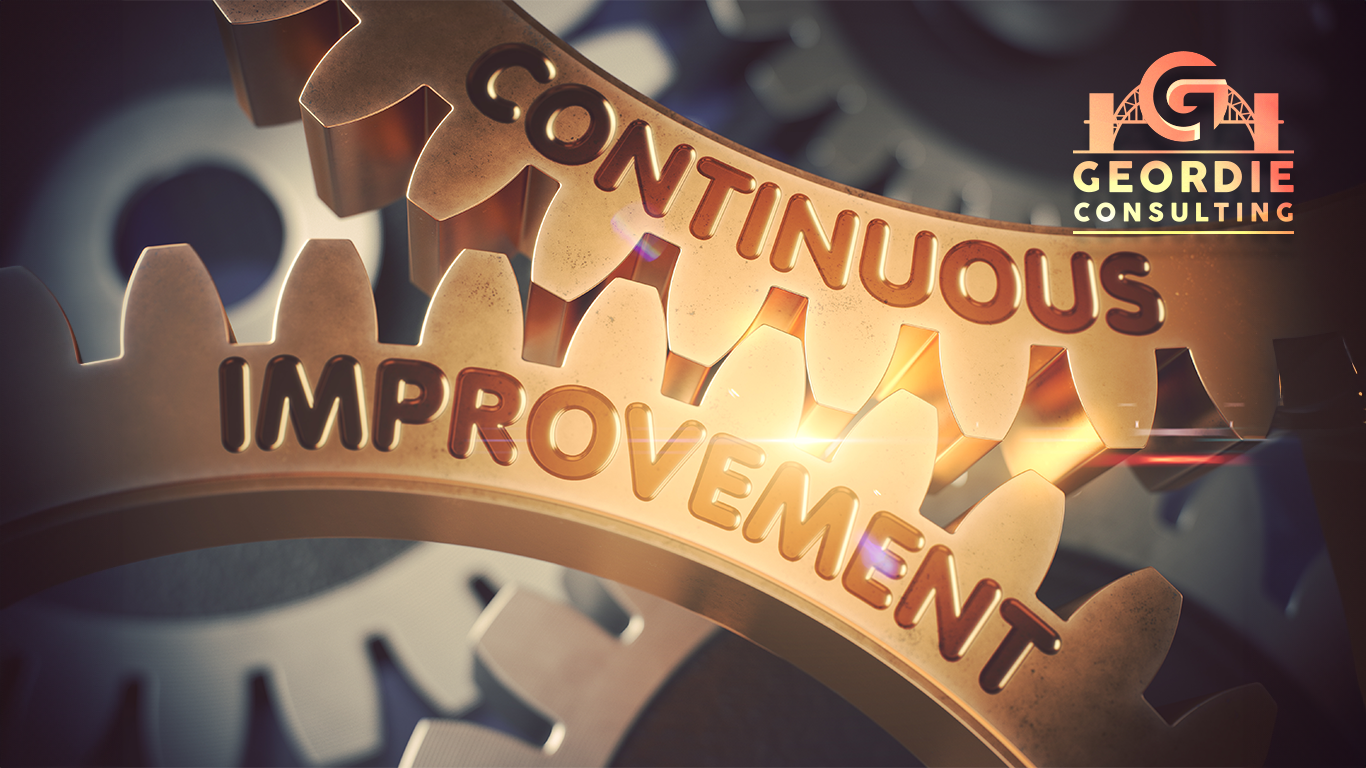
Continual improvement is a process of constantly seeking ways to enhance the quality and efficiency of products, services, or processes. It is based on the idea that small, incremental changes can lead to significant improvements over time. Continual improvement can be applied to any aspect of a business. Still, it is especially relevant for Data Analytics, which collects, analyses, and uses data to inform decision-making and achieve business goals.
The result of this is that Data Analytics becomes a dynamic and evolving function that requires constant adaptation and innovation. Data sources, tools, methods, and business practices must be able to change.
The benefit of Continual improvement to your organisation is that will enhance the quality and accuracy of data and analysis. It will optimise the performance and efficiency of data processes and systems, all while allowing you to identify and address gaps and opportunities in data strategy and governance. Your organisation can align data analytics with business objectives and customer needs. All while fostering a culture of learning and innovation not just among your data professionals.
There is no one-size-fits-all approach to continual improvement, but there are some general steps that can help businesses to adopt and sustain it for data analytics.
Start by defining the goals and scope of data analytics projects and processes, continual improvement activities must be defined ahead of time. You must “know” what the good outcome is and be able to back out a change if the outcome is unexpected. To measure success or failure, you must measure and monitor the current state and performance of your processes.

When documenting these activities start with a “Problem Statement”. What is the business problem that this change will address, what is the analyse of it and identify the root causes of problems and inefficiencies, as well as the expected outcomes, cost of fix and cost to implement. Remember a £100k “solution” to a problem that costs your organisation £100 is not really a solution. Plan and implement solutions and improvements. Review and evaluate the results and impact of improvements. Backing out failed actions. Repeat the cycle and seek further opportunities for enhancement.
Continual improvement is not a one-time event, but a continuous cycle that requires commitment and collaboration from all stakeholders involved in data analytics. By applying the principles of continual improvement, businesses can leverage data analytics to achieve higher levels of quality, efficiency, and value. The biggest challenge for people with Continuous Improvement is to understand that failed improvements are just a valuable as the ones that succeed. The goal of continuous improvement is always knowledge and understanding of the true drivers of the process. This means that if something does not work as expected we need to understand why but we also need to be willing to fail fast, there is no blame in failed continual improvement action, remember we must document what we are doing and why, that document has must go through a review or approval phase, so others are involved in the “failure” as well. For this reason, we must not look on failures here as anything other than an opportunity to learn more about our processes, in the same way as a success would have been an opportunity to confirm what we think about our processes.
Do you think your organisation would learn more from a success or failure? Have you tried to implement continual improvement in the past but been affected by demands to show any changes as a success?

